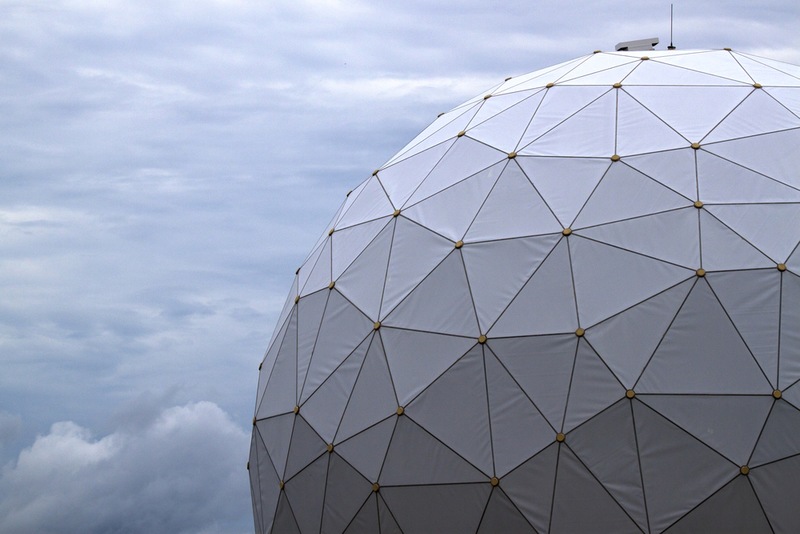
Composite radomes are designed with one thing in mind: to protect antennae from extreme elements – such as high speed travel, severe temperatures, and more – while interfering minimally with signal transmissions. By utilizing innovative and advanced composites, aerospace manufacturing companies can engineer radomes that suit any and all applications.
In order to protect antennae without compromising their function, many different factors about composite radomes can be changed to suit specific criteria. Size, shape, material, and even thickness – these are just a few common facets of radomes that will vary based on the application. Just continue reading to learn how Mentis Sciences and other composite manufacturers build radomes that you can rely on.
Thickness of Exterior Surfaces
Radomes and antennae need to function as a system, ideally with the radome being completely transparent at the operating frequency while being durable enough to withstand external factors, like air loads, frictional heating, and weather. Different radome materials will have different dielectric constants and knowing the operational frequency of the antenna, a series of acceptable wall thicknesses can be determined. These wall thicknesses need to be balanced with factors such as environmental conditions, flight trajectories and loading for specific radome applications.
Shape of the Radome
Depending on the radome application, there are many different shapes that may be the most optimal. For example, airborne antennae require radomes that are aerodynamic in shape, such as a cone or ogive, in order to withstand flight at high velocities. Ground or ship-based systems may have nearly spherical or flat radomes depending on their applications. Much like the surface thickness, radome shapes must also be determined by accounting for the electromagnetic radiation of the antenna so as to not inhibit performance. As the shape is considered things can rapidly become complex as the pattern of reflections and transmissions is altered due to interaction with the radome body. Electromagnetic Simulation tools can be used to predict the performance of systems and alter the response to achieve the desired results.
Advanced Composites: Material & Structure
Advanced composites are renowned for a plethora of benefits. When it comes to radomes, they are the best building material because they provide reliable protection in many different environments without compromising the function of the antenna. Radomes must strike a balance of RF transmission and environmental protection. Mentis has experience with a wide array of radome materials and construction methods meaning that we are well equipped to handle this balancing act.
Composite radomes are often used in aerospace and defense systems, which undergo intense launch and flight stress from environmental heating. Fortunately, many advanced composites boast unparalleled heat resistance, which makes them well suited to extreme conditions.
Not all radomes are completely alike. In fact, things like operating frequency, shape, weight, and more all make each radome unique based on how it is used. Different applications call for different manufacturing skills and processes. When you work with Mentis Sciences, we can assess the unique circumstances of your project in order to manufacture the most reliable product. Get started with a call to Mentis Sciences today.